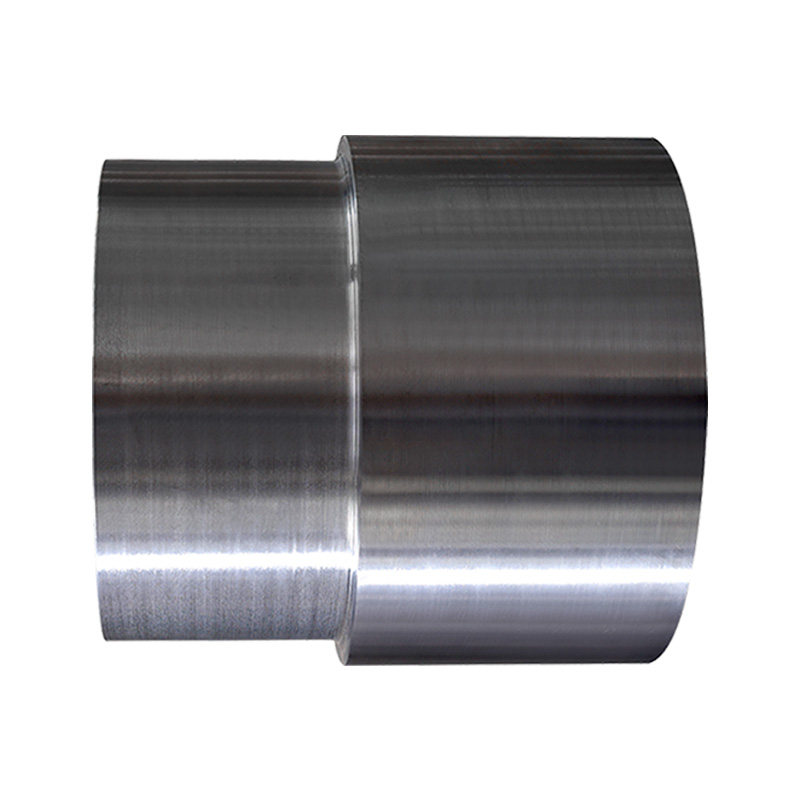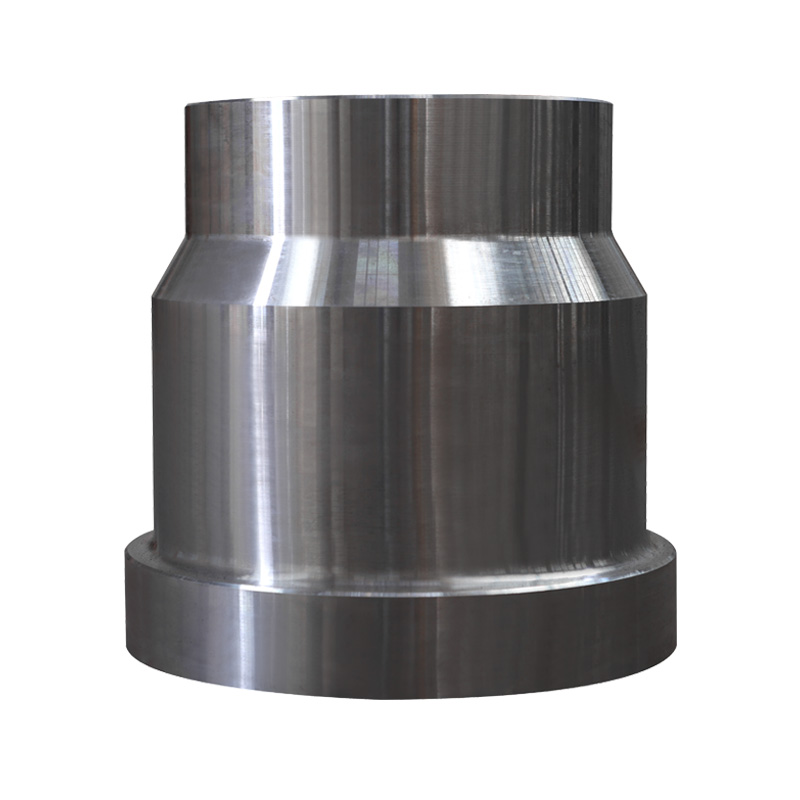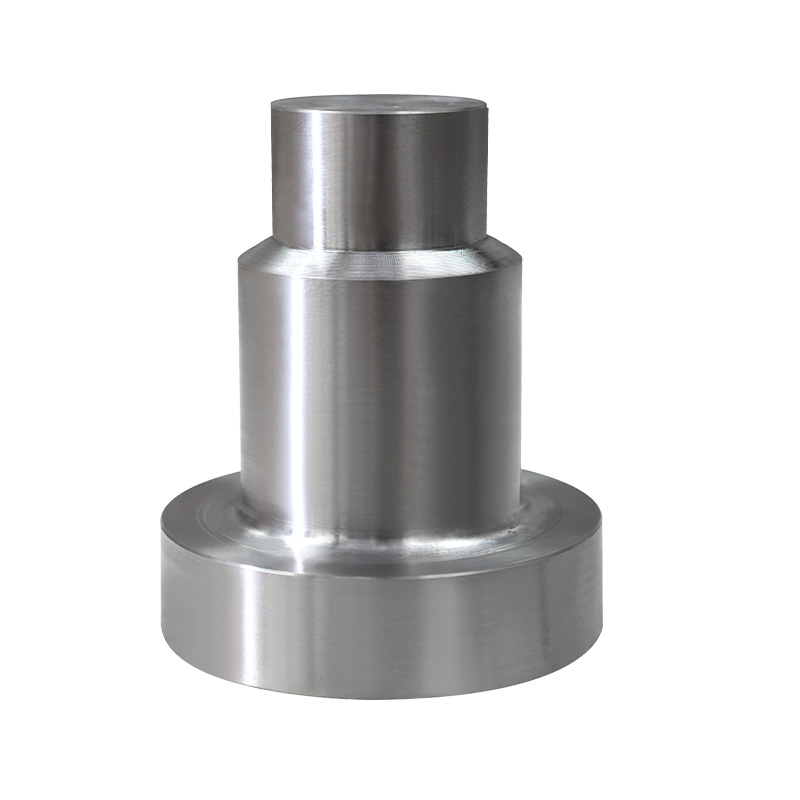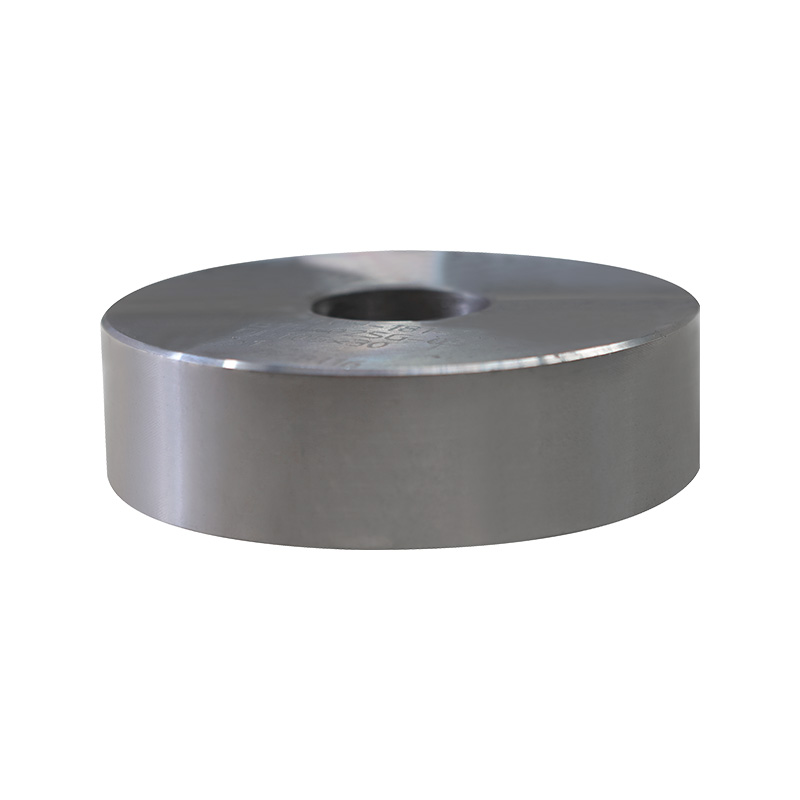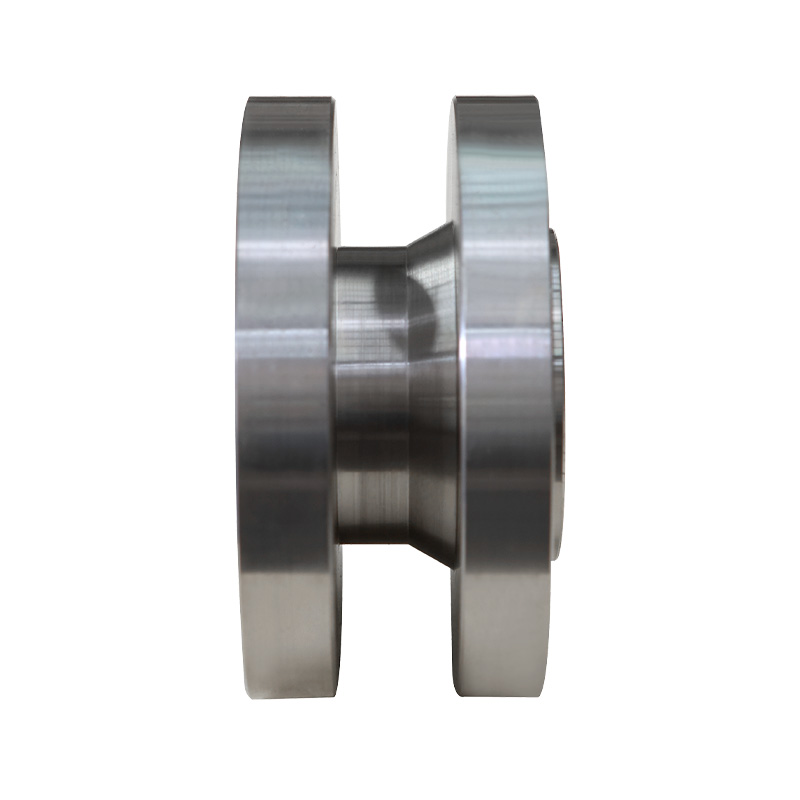Feasibility and advantages of using mining machinery forgings for grinding equipment - point by point explanation
▸Enduring high wear and tear environments
When grinding equipment such as ball mills and rod mills are in operation, forged parts need to withstand strong friction and impact from materials. Mining machinery forgings have high hardness and wear resistance, making them suitable for such working conditions.
▸High strength and toughness ensure stable operation of equipment
The forging material is usually alloy steel, which is strengthened by heat treatment and can meet the huge mechanical loads and vibrations that grinding equipment can withstand during continuous operation.
▸Key components are often forged using forging technology
The key components such as shafts, couplings, lining plate supports, and grinding ball brackets in grinding equipment are often manufactured using forged parts to improve component strength and service life.
▸Corrosion resistance improves equipment lifespan
During the grinding process, there is moisture and chemical media present. Some forgings can be surface treated to improve their corrosion resistance and adapt to complex environments.
▸The manufacturing process can meet the requirements of complex shapes
The forging process is flexible and capable of manufacturing complex shaped and high-precision grinding equipment forgings, meeting the structural design requirements of the equipment.
▸Reduce equipment failure rate and maintenance costs
The use of high-quality forgings can reduce downtime and maintenance caused by component breakage and wear, and improve equipment operating efficiency.
▸Suitable for various types of grinding equipment
Including ball mills, rod mills, Raymond mills, high-pressure mills, etc., forgings can cover various components such as transmission shafts, gears, liners, support frames, etc.

 英语
英语 德语
德语 阿拉伯语
阿拉伯语
